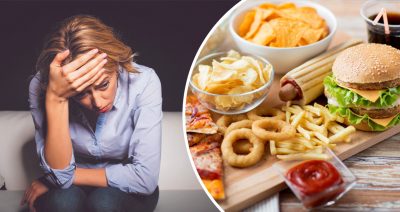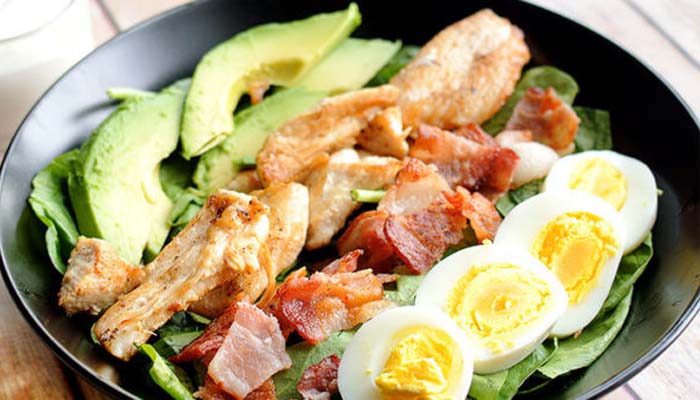
Intermittent Fasting (also known as “eating on the run“) is making a deliberate decision to only consume certain foods/calories every once in a while and stop all eating for a short period of time. It involves going without food for short periods of time (typically longer than 14 hours). This may sound dangerous but many have experienced amazing benefits from intermittent fasting. Here’s how you can start eating on the run: Start a new healthy diet plan. Eat only one meal per day, preferably an hour before bedtime.
Intermittent Fasting Tips
Do one or two meals every other day. Eat any type of protein with dinner. Drink a glass of milk or juice with breakfast. Snack on some nuts or seeds between meals. Eat some fruits during the day. Follow an Intermittent Fasting Guide for best results.
This is probably the most popular method of fasting. It requires very little effort. People may do it several times per week. In this case, you will be eating your regular meals (breakfast, lunch, dinner, etc.) for up to 16 hours per day.
It works best when you eat one meal in the morning, one snack in the afternoon, and another one in the evening. However, this eating plan can be adapted to your lifestyle and needs. It works best with people who need more time to lose weight. The fasting may last from one to four days and you can eat your regular meals more often during this time frame.
Intermittent Fasting Plan
It is more difficult to make Intermittent Fasting Plan work since it calls for a strict fast on Saturdays. A lot of people are unable to discipline themselves to do this for one day per week. If you cannot commit to a weekly fasting, try weekends as alternate days. You will be able to schedule your fasting days so that it does not interfere with your weekly schedules.
Those who can’t fast for more than one day per week can try alternating three meals each day with a short fast between them. For instance, you can start eating three big meals in the morning, snack for one hour before dinner, and consume a small amount of healthy snack after dinner. These three meals will provide your body with the energy it needs to start eating again. You can switch back and forth between the three big meals and the small healthy snacks during the course of a week.
Intermittent Fasting for Lose Weight
If you are able to stomach the idea of doing this, there is another type of fasting that you can try. This involves using fat-burning supplements instead of drinking water or eating foods high in calories. Some popular products include Slim Fast, which has a list of over 19 kinds of fat-burning supplements. There are also grapefruit seed extract and chromium picolinate, which are two natural substances that are said to have the ability to speed up your metabolism.
Intermittent fasting is a great way to lose weight if you stick to it. In addition to helping you lose weight, you also reduce the risk of developing health problems, such as high blood pressure, diabetes, and cancer. Your body needs time to recuperate from all the harmful substances that you are consuming on a daily basis, so stop consuming unhealthy foods and start eating healthy ones in large portions, which will help you shed pounds in no time.
Many people don’t like to do fasting, but you can use it as a tool to help you lose weight faster. You might even find that doing this for just one day will be enough to get rid of those unwanted pounds and keep them off for good. If you don’t like to fast, you can still incorporate this concept into your diet by eating smaller meals throughout the day, since eating smaller meals less often will speed up your metabolism.
How to Intermittent Fast
Eating at certain times will determine how many Intermittent Fasting periods you will need to do. You should choose days when you feel the most hungry and avoid eating around mealtime. Eat any time after dinner, as long as it is before lunch. During each of these Intermittent Fasting periods, eat only one meal each day, which should contain a good amount of protein and carbohydrates, along with the recommended amount of calories.
After your first Intermittent Fasting period, you will most likely feel a sense of hunger between meals. You can ease your hunger by switching to smaller meals or cutting back on the amount of carbohydrates and protein you are eating. Since you have eliminated all of the normal food groups, your body will take longer to digest and absorb everything that you are eating. This is good, because it means that you won’t experience the sudden jump in weight that you normally get from fasting. If you keep this up for a few weeks, you may even begin to see results from your efforts!




